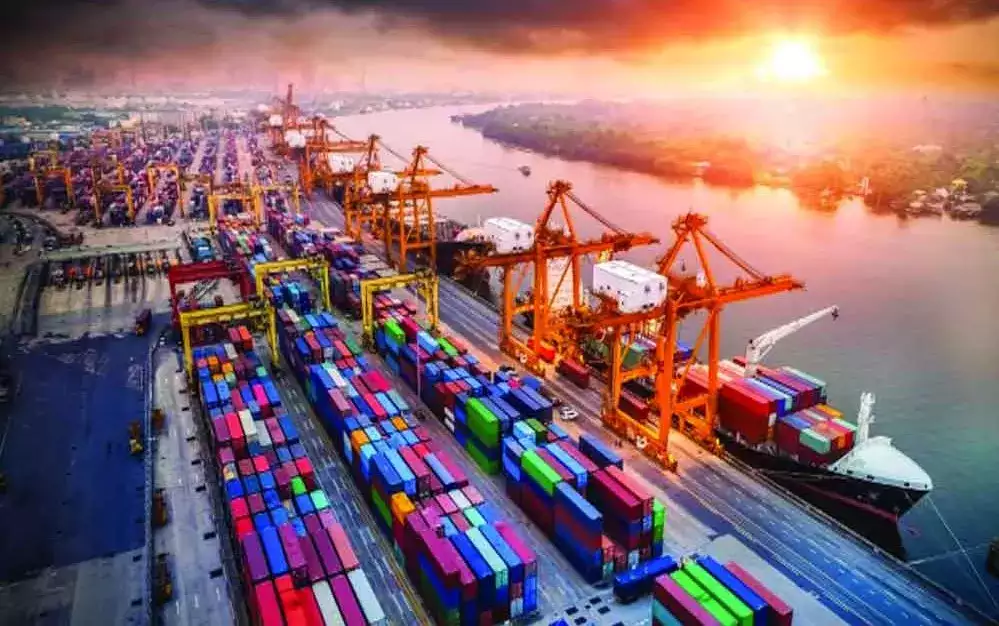The Union Cabinet is likely to give its approval for the development of International Container Transhipment Port (ICTP) at Galathea Bay, Great Nicobar Island, by the end of this year. With a total estimated cost of Rs 44,000 crore, the Centre is planning to invite tenders for the construction of the first phase of the project early.
- The facility will be developed in four phases. Phase 1 is planned to be operational by 2028, with a capacity of approximately 4 million TEUs. The capacity will gradually increase, reaching 16 million TEUs by 2058. The estimated cost for Phase 1 is around 19,000+ crore, covering various aspects such as breakwaters, dredging, berths, storage areas, infrastructure, equipment procurement, and the development of a port colony with government support.
- In November 2022, the Ministry of Environment and Forests & Climate Change (MoEF&CC) granted environmental clearance for the project. Stage 1 forest clearance has also been obtained. The Department of Expenditure, Ministry of Finance, has granted “In-Principle” approval for the holistic development of the Great Nicobar Island.
- The Mega Container Terminal is a crucial part of the comprehensive development plan for Great Nicobar Island. It aims to become a leading container transshipment port by leveraging its strategic location (40 nautical miles from the international shipping trade route), natural water depth exceeding 20m, and the ability to handle transshipment cargo from nearby ports, including Indian Ports
- At present, a large portion (approximately 75%) of India’s transshipped cargo is managed by foreign ports. Colombo, Singapore, and Klang handle over 85% of this cargo, with Colombo Port alone accounting for 45%.
- The strategic location of Galathea Bay, situated along the international shipping route, provides a significant advantage for EXIM trade. The development of this port will enable Indian ports to attract more transshipment cargo.
- This development will yield notable benefits, including foreign exchange savings, increased foreign direct investment, enhanced economic activity at Indian ports, improved logistics infrastructure, greater efficiency, employment opportunities, and increased revenue share.

